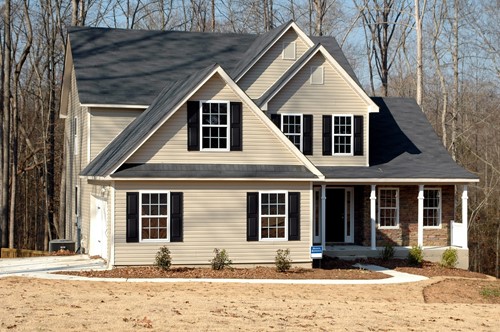
Slab foundations have plenty of benefits, but they also have several issues, many of which depend on the region you’re building your home. Here are the important things to consider when it comes to deciding whether a slab foundation is right for you:
The Cons of Concrete Slab Foundations
Climate is extremely important when it comes to slab foundations. If the ground freezes, you risk the slab cracking. Thus, you generally see slab foundations in the southern regions where the ground doesn’t freeze often. Another disadvantage of a slab foundation is that it requires you to take up living space for water heaters and HVAC units that could otherwise be hidden in a basement or crawlspace. Whiles some builders put the HVAC units in the ceiling to conserve space, this creates an extra expense for the homeowner when it’s time to replace the unit. Putting the unit in a closet somewhere makes it easier to replace and cuts down on labor when it’s time to replace it.
Additional disadvantages include:
Slab foundations do not stop pests from entering your home. In fact, some might find it easier to get in since the house is lower to the ground.
You have to insulate the ductwork so that it keeps the correct temperature.
In addition to freezing ground, tree roots can cause a foundation to crack. You will have to be especially careful in your landscaping decisions especially when it comes to planting trees.
The Benefits of a Slab Foundation
As long as you live in the right area, the benefits of a slab foundation can definitely outweigh the cons. You’ll save a lot of money compared to building a basement. Certain types of crawlspace are more expensive than slab foundations. Some other benefits to consider:
It takes less time for a slab foundation to dry, so construction moves along faster. The builder doesn’t have to wait for several days for a poured basement to dry.
While pests can still get in, they have fewer access points than with a basement or crawlspace. You also do not have wood floor joists for termites to chew through.
You have considerably lower risk of flooding or radon and other gasses seeping into the house through the basement or crawlspace.
It is easier to add on to the house later if you decide you need an extra bedroom or bathroom. You won’t have to figure out whether you want to add more basement or a crawlspace under the house. Simply pour another pad and build the addition on the pad. Tying the roof in becomes easier especially if you design a gabled addition.
Finally, the biggest benefit is that you don’t have to build steps or ramps to get into your house. You can pour a concrete porch, which means that you won’t have to replace the base of the porch in 15 or 20 years as you would with a wood porch. The same theory goes for a rear deck. In fact, you can make a covered patio instead of a deck.
Even if you live in a region where homes frequently use slab foundations, it’s certainly not your only choice. Make sure to discuss the possibilities with your builder to determine the best option.